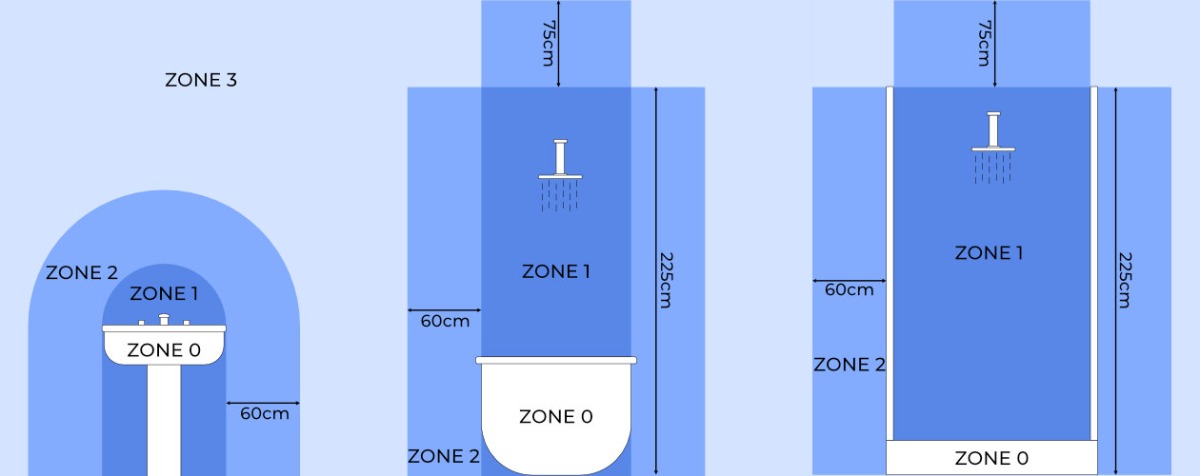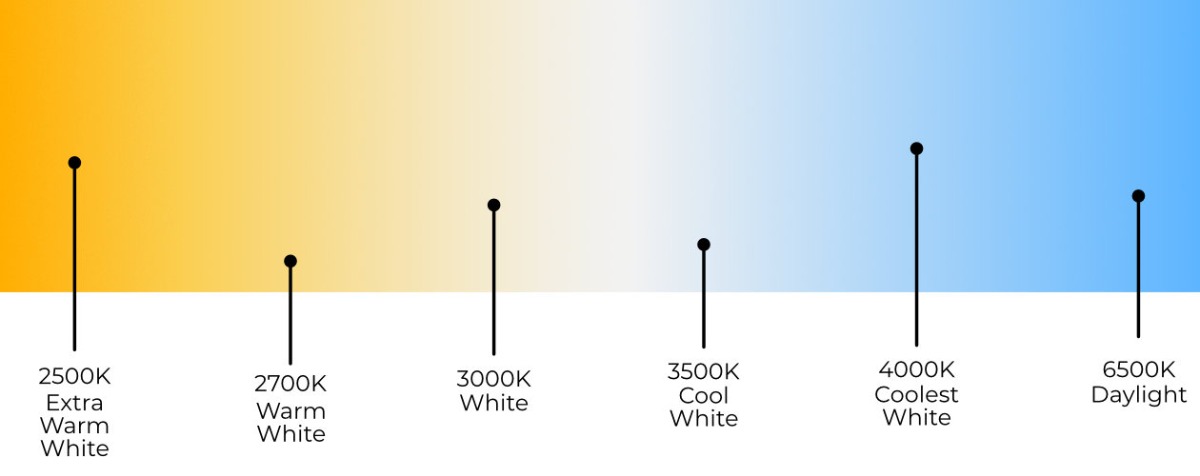- Lighting
Shop Lighting
By Room
- Furniture
- Brands
-
Lighting Design
Lighting Design
- Showroom
- Trade
- About
About David Village Lighting
- WINTER SALE
- CLEARANCE
-
Wishlist
- Our Blog
- Contact Us
Please note that the information below is not professional advice. If you are interested in installing a light in your home or office, please get in touch with an electrician. Prior to your purchase, additional wiring and work may be required on-site.
What are lumens?
Lumens (lm) are used to measure the light output or brightness of a light source. The higher the lumens, the brighter the light. You should factor in the lumen output of the light, depending on where you would like to install it; different rooms ask for different levels of brightness.
In recent years, lumens have become more important with the rise in the use of LED bulbs and integrated LED lights. With LED bulbs you can achieve higher brightness with less wattage power. Lumens should not be confused with wattage (W), which measures how much power is used.
What is IP rating?
IP (Ingress Protection) refers to the protection levels of a light fixture from dust and water. The IP rating consists of two digits with the first referring to the protection from solids (i.e. dust and dirt) and the second from water (i.e. rain). The higher the value, the higher the protection.
For example, an IP20 rating allows you to install the light in interior spaces only. Such spaces are protected from exposure to both dust and water. Similarly, an IP65 usually signifies an outdoor light, suitable for gardens and exterior walls; as the product can withstand rainy conditions.
What are bathroom zones?
When choosing lighting for your bathroom you need to consider where to fit them, to maintain both your safety and the longevity of the product. As such, it is important to know where you can install the light.
Bathroom zones are based on their proximity to a water source:

Bathroom Zones
What is colour temperature?
Colour temperature refers to the warmth and/or coolness of the light. It is measured using the Kelvin scale with the warmer colours being lower across the scale. Usually, LED lights vary between 2500K (warmest white) up to 5000K (coolest white). The feel and atmosphere in a room are directly affected by the colour temperature of your light, and therefore it is an important factor to consider when purchasing a new light.

Colour Temperature
What are the different types of dimming?
There are five main types (protocols) of wall mounted dimmers available:
Please note, depending on the type of dimming additional wiring may be required on-site. Please consult an electrician.
What kind of bulb types are there and are they included?
We do not supply light bulbs as standard. Some manufacturers include light bulbs with their products, this will be indicated in the Product Specification section, next to the light source information. You can find most light bulbs at any supermarket or home improvement shop.
The most common bulb types are E27, E14, G9, GU10 and GU5.6. You may also choose between a halogen bulb or LED retrofit bulb. All this information will be mentioned in the product specification for each product as well as the product data-sheet included with your product. It is important to make sure which light bulb is compatible with your product, as well as the suggested size and height that the bulb should be.
I have another question
If you have any additional questions, our Customer Service team can help you, please contact us.